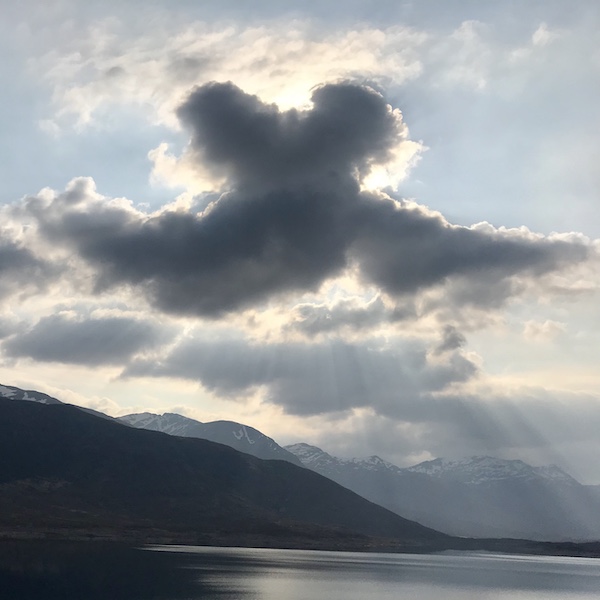Burial
A quote from The Natural Death Centre Handbook says: “One anti-burial argument is that we hear many times is that we need space. This is an urban myth. Here are some facts that may surprise you. More than half a million people die in the UK every year. If they were all buried it would take 2,000 years to use the same acreage of land that farmers leave as set-aside. If they were all natural burials, think of the useful green spaces and wild life refuge this would create.”
Natural burial is nothing new; like many aspects of life, it is simply a return to old ways. There are many options available, some more environmentally effective than others. Your choice of burial space may of course depend on your religious affiliation.
Should you choose to be buried, here are your options in the UK:
Churchyards: Traditionally, the local Church of England churchyard is where anyone regardless of their religious affiliation, has the right to be buried in consecrated ground. Medieval churchyards – often referred to as ‘God’s Acre’ – are generally overflowing; with re-use of graves being considered in many areas. Graves marked with stones can become a burden to families when they no longer visit.
Lawn cemeteries: Graves are marked with upright stones or slabs and sometimes trees, with grass in between. The grass is mown with carbon-costly machines. How much more peaceful it would be for the occupants if the lawns were grazed by sheep?
Cemeteries: Most cemeteries, in urban areas especially, are full to bursting. Rules were introduced in London in 2007 to permit the practice of “lift and deepen”, where old remains are removed from a grave, then replaced once it has been dug deeper to allow for more burials. Many offer a section for natural burial and space dedicated to different faiths. Older cemeteries have over time become nature reserves and places of historic interest. During the summer months many hold open days for the public with guided tours focusing on history, geology, nature, famous occupants and much more.
Private land: Burial on private land is permissible, subject to the Environmental Agency checking that there is no pollution of water-courses. Limited burials are allowed providing the land-owner’s permission is obtained and that no money changes hands. Such a burial must be documented in the land deeds. A certificate of authority for burial must be obtained from the registrar of birth and deaths. For a limited number of interments no planning permission is required.
Your garden: Much of the information above applies but burial in your garden will no doubt affect the selling potential and price of the property. It could also limit access to the grave in years to come if the property is sold, also the new owners may wish to exhume the body.
Agricultural land: Burial can take place on agricultural land where the ground over the unmarked graves continues to be farmed – in other words, there can be no charge of use. The same guidelines apply as to burial on private land.
Natural Burial: To be buried in a natural burial ground is to leave a green legacy, a return to nature and is the most environment-friendly choice. Instead of carbon-costly gravestones, burials are marked with a tree or a wooden plaque, or may sometimes be microchipped with the exact location being officially recorded. Such sites can become a habitat for wildlife, with the provision of owl and bat boxes. They are also kept safe from developers, becoming a tranquil place for loved ones to visit.
Natural burial is growing in popularity, as it offers a more environmentally-friendly and natural form of body disposal. Some burial grounds are managed, some unmanaged, varying from rugged moor land or woodland to wild flower meadows. Many sites have a building where a service or ceremony can take place and afterwards where guests can be entertained following the burial. This means no rigid time slots and also avoids more movement of vehicles.
Most natural burial sites do not accept embalmed bodies because of the risk of toxic chemicals leaking into the earth. To comply with most sites the guidelines are as follows:
• No embalming
• Dress the deceased in natural fabrics
• Choose a biodegradable coffin
• Plant trees (living memorials) to help offset carbon footprints.
You and your pet: There are numerous burial grounds around the country especially for pets. It is also possible to be buried with your pet/ashes, but such places are few and far between.
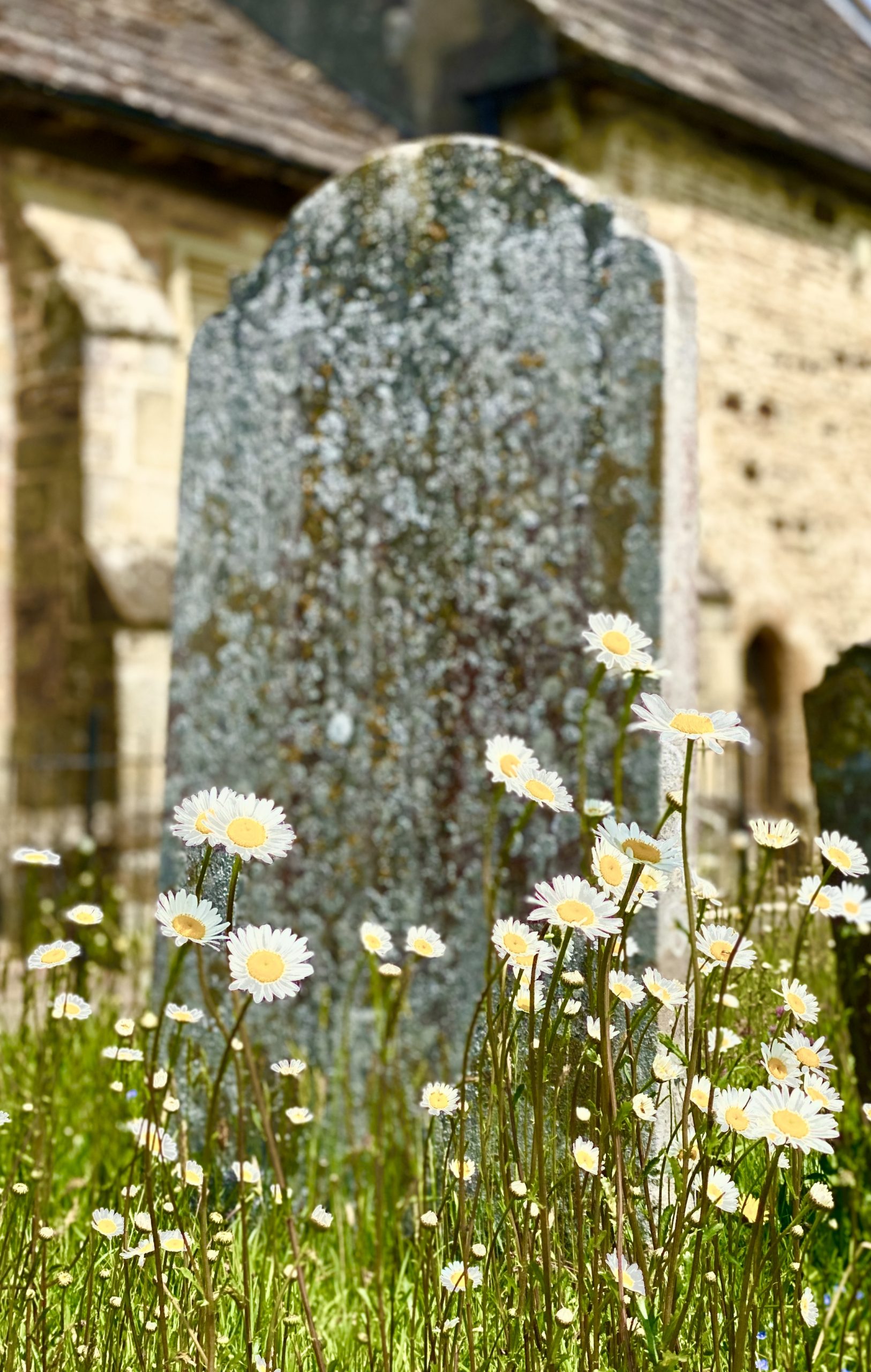
Giving back to our Planet
LAST WISHES – Live your Legacy Ltd is a Social Business raising profits to go back into community projects to support causes related to end of life and legacy, especially to help the Earth, for example;
• Tree planting with Ancient and Sacred Trees;
• Environmental awareness with Sussex Green Living.
If you have a cause you think will be close to our heart please get in touch.
If you would like to support the work we are doing to raise awareness of how our end of life can support the planet – please contact us or donate here.
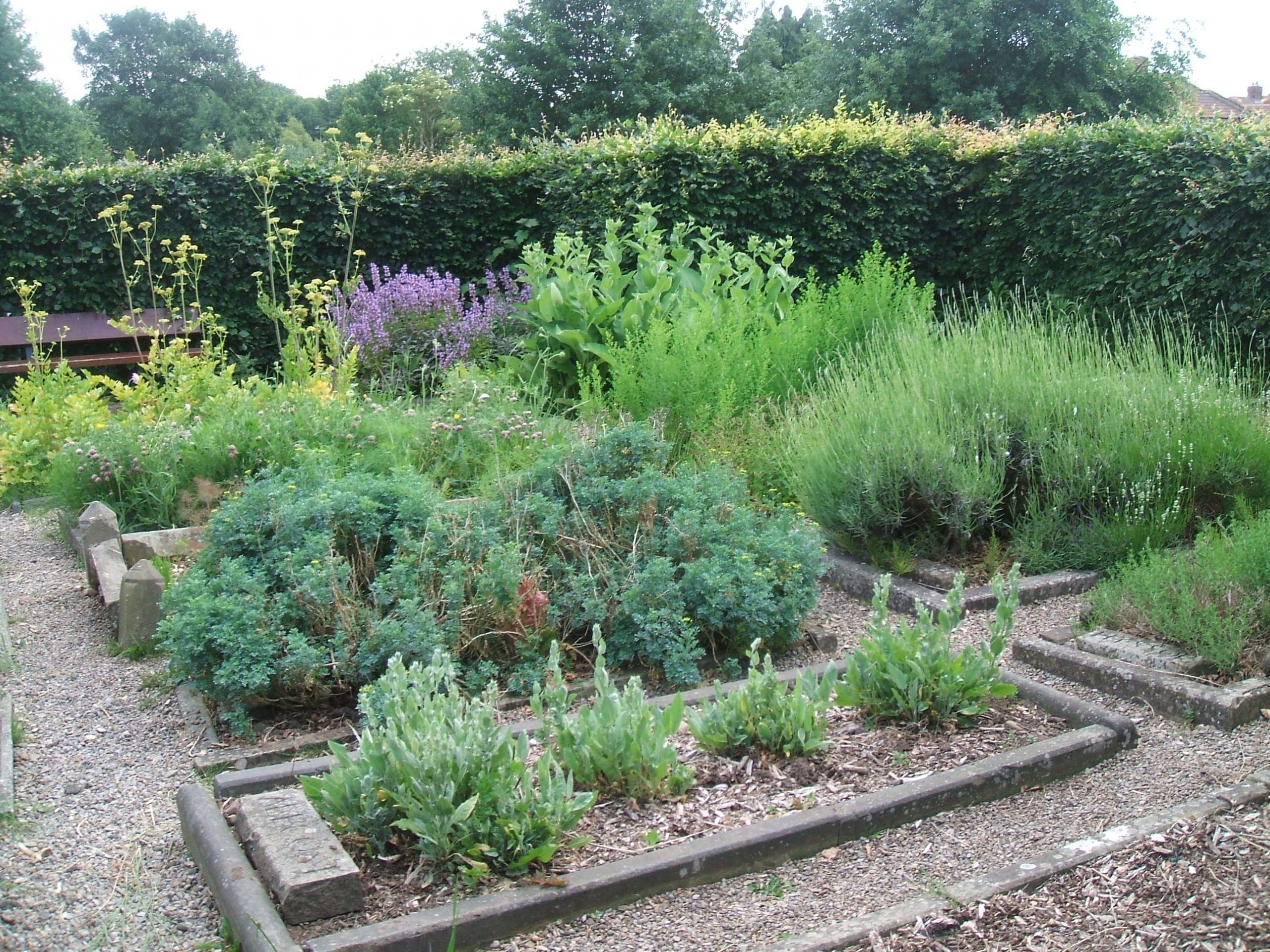
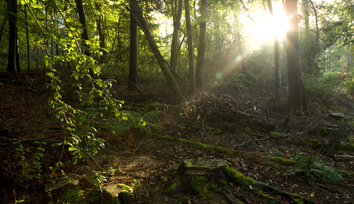
Balnuaran of Clava – Cairns in Nairn Valley (Scotland) Built to house the dead 4,000 years ago (heading image)
Grave at St Mary’s Church, Billingshurst (top image)
York Cemetry (middle image)
Petersfield Natural Burial Ground (bottom image)
Embalming
The Egyptians practised mummification many centuries ago; which was an early form of embalming. Complex rites and rituals were carried out to ensure the body was properly preserved. The mummification process had enormous spiritual significance.
During the American Civil War hundreds of thousands of soldiers died far from home and their grieving families. Being embalmed meant that bodies could be safely transported and returned to their loved ones.
Nelson’s body was returned from the battle of Trafalgar preserved in a keg of brandy.
The embalming process has changed considerably over the years...

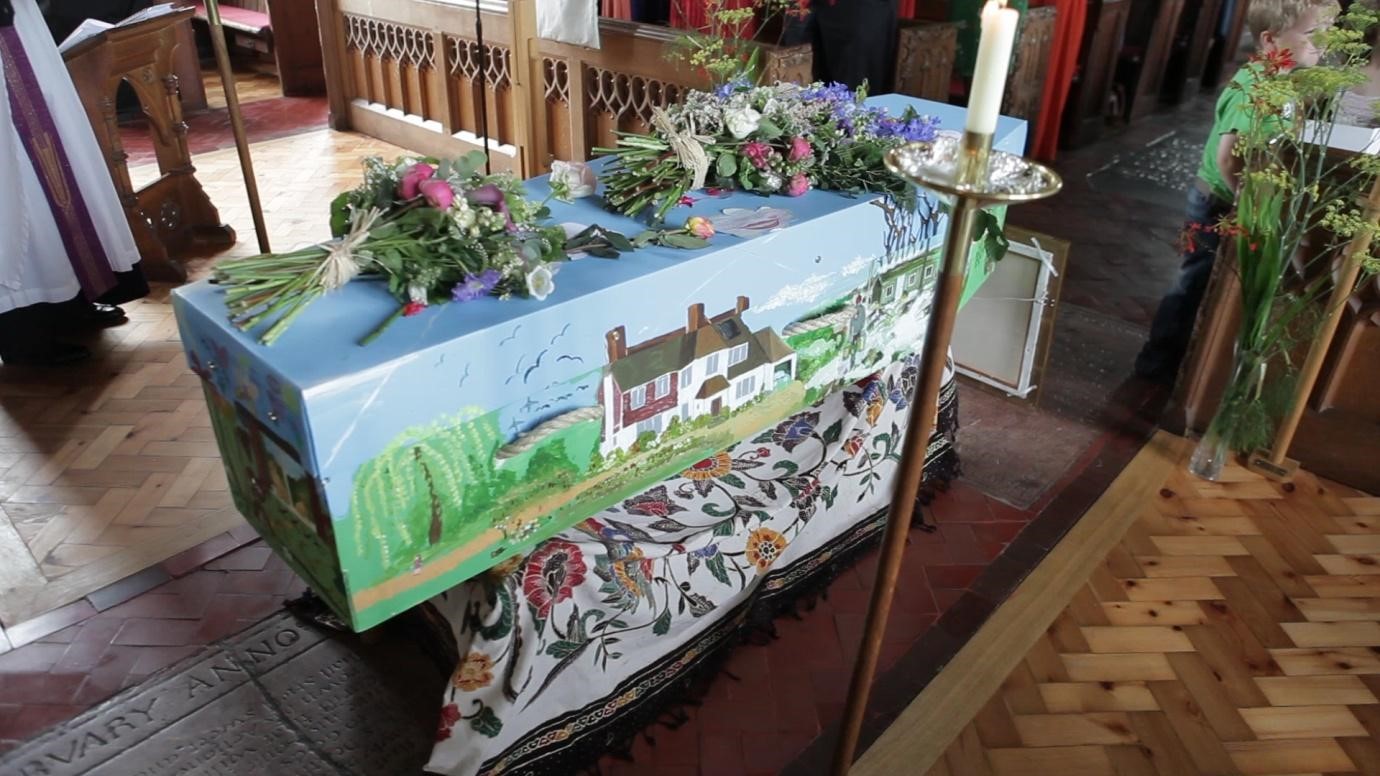
Coffins
Avoid all hardwoods because trees take centuries to grow! Most importantly shun coffins full of toxic glue with gold coloured plastic handles.
Whether for burial or cremation, natural materials such as sustainable pine, willow, cane, and sea-grass, bamboo, wool or cardboard, are the most thoughtful choice.
Coffins are available bearing a transferred image illustrating any theme you choose or order one to be personalised especially...
Cremation
In years gone by it was deemed that "the land should be kept for the living"; promoting cremation rather than burial. We now need to take a fresh look at this statement. We must investigate the damage being caused to our planet; being grateful for the way she supports us and in return we must give back in any way we know how.
Many people choose cremation believing it to be a cleaner, neater form of body disposal. Often, this is the case especially during the Covid19 pandemic. Most importantly, with awareness there are many things we can do to compensate whatever our choices...
